The Wonderful Wizard Of Oz (1900)
In L. Frank Baum’s The Wonderful Wizard of Oz, an orphaned American girl lives on a destitute farm in grey, rural Kansas with her adoptive Aunt Em and Uncle Henry. She is sent on her own version of Homer’s Odyssey to the magical fairyland of Oz by way of a tornado that sweeps across the dry Kansas plains.
Dorothy Gale’s original voyage imaginaire is marked by dangerous encounters with exotic magical beasts and bizarre, often macabre personas with tragic issues of self-perception.
Woven throughout with turn-of-the-century Americana, The Wonderful Wizard of Oz is regarded as the standout archetype of modern age American fairytale folklore, much like Lewis Carroll’s Alice’s Adventures in Wonderland and Alice Through The Looking Glass are recognized as such in Great Britain.
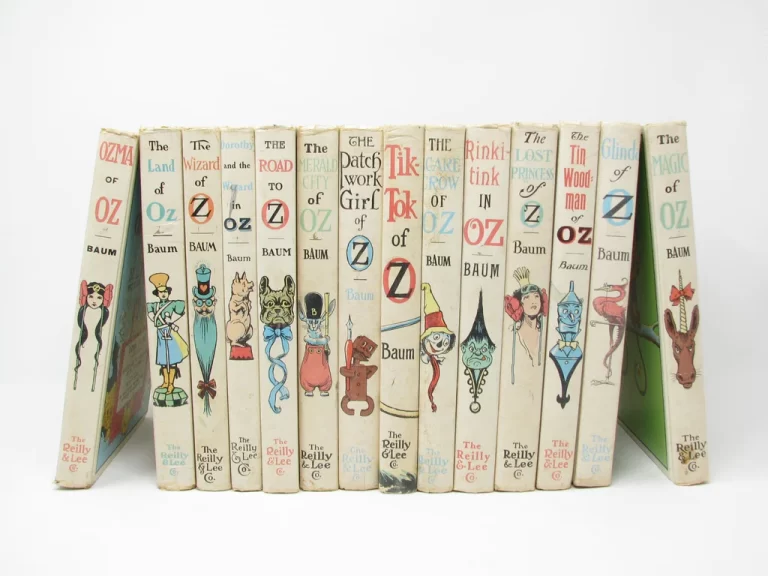
The fourteen volumes comprising L. Frank Baum’s “original fourteen” Oz novels, a series that was officially revisited by authors including Ruth Plumly Thomson and Rachel Cosgrove
Sequels, Derivatives & Adaptations: Oh, My!
Baum wrote thirteen sequels to his classic American fairytale.
His final novel, Glinda of Oz (1920), was published posthumously a year after his passing. The source material created by Baum has been explored often over the last century and a quarter on film, on stage and in written, animated and illustrated adaptations and derivative works about Oz.
The novel Wicked by Gregory McGuire is an example of a derivative work; the artist borrows the characters and settings, and reimagines them or develops new stories in the world created by the original author of the source material.
The Broadway musical and film versions of Wicked are adaptations rather than derivative works: the creators have adapted the source material—Gregory McGuire’s Wicked—to the medium, rather than creating new material or alternate timelines such as an original sequel or prequel might.
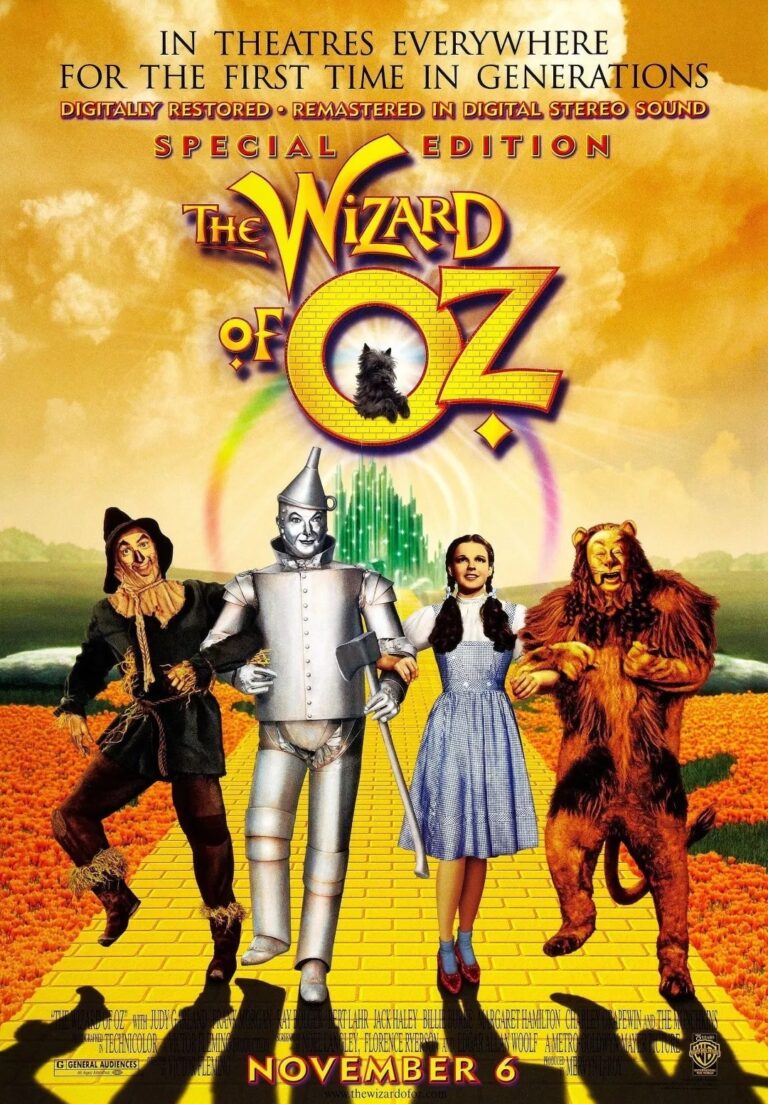
Poster for the most popular Oz adaptation, the 1939 MGM musical The Wizard of Oz

Japanese Film Poster for The Wiz (1979); The Wiz musical and film are blaxploitation adaptations of the source material
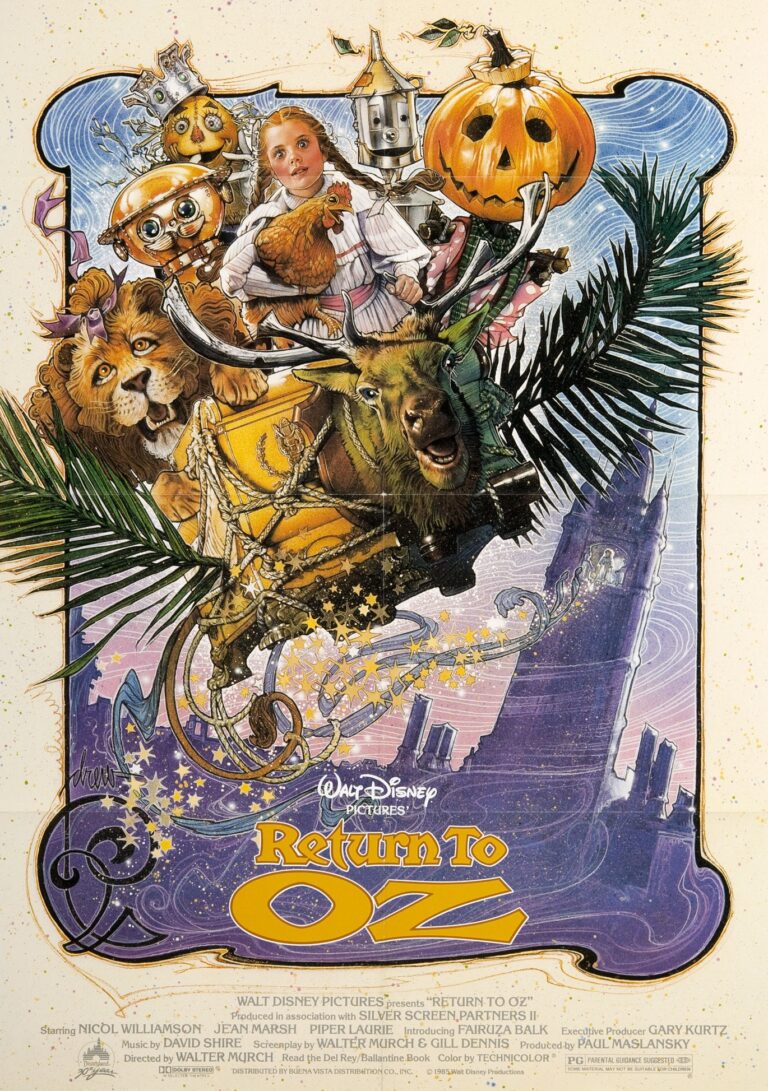
Poster for the 1985 Disney film, Return To Oz; The film adapts two of Baum’s sequels: The Marvelous Land of Oz (1904), and Ozma of Oz (1907)
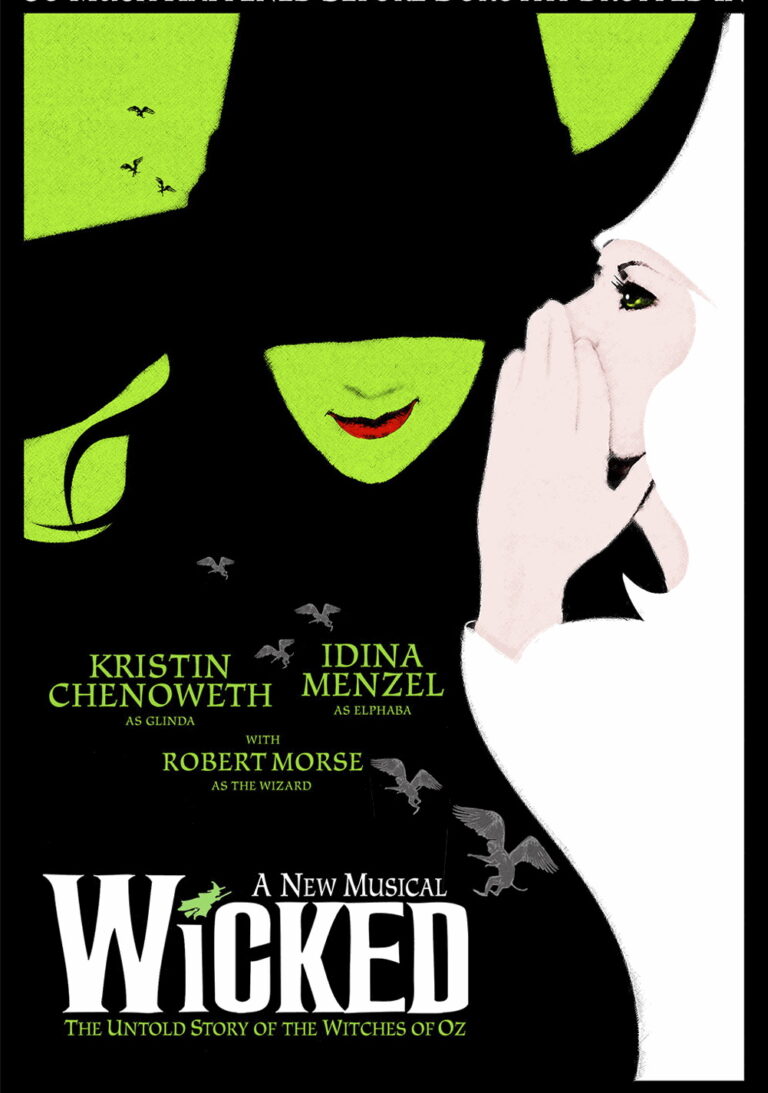
Poster for Wicked: The Broadway musical; The musical and film are adaptations of Gregory Maguire’s derivative fiction of the same name
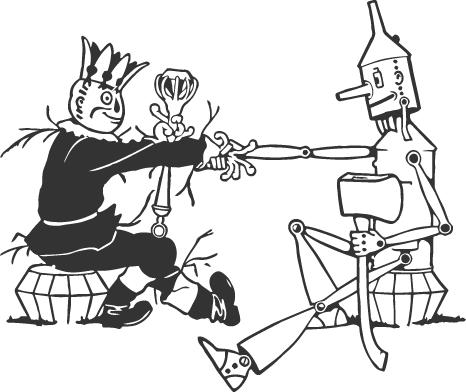
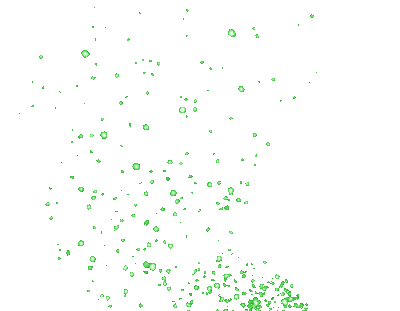
Oz & Science Fiction
I am in the process of authoring a derivative trilogy of Oz stories based on the source material published pre-1920. The work takes on a variety of genres and perspectives.
My plots follow Dorothy Gale into adulthood and chronicle her eventual return to the land of Oz by way of a mysterious machine: an artifact she has managed to piece together over time from esoteric clues and ancient machine parts left behind by the ancestral lineage of the Wizard.
I’m taking inspiration from legendary science fiction writers, and referencing concepts and themes often explored in grand works of SF.
James Tiptree Jr. aka Alice Bradley Sheldon, Larry Niven, Vernor Vinge, Isaac Asimov, Philip Jose Farmer, the partnership between Alejandro Jodorowsky and Moebius/Jean Giraud, as well as the Wachowski Sisters are just a few of my inspirations and creative points of reference.
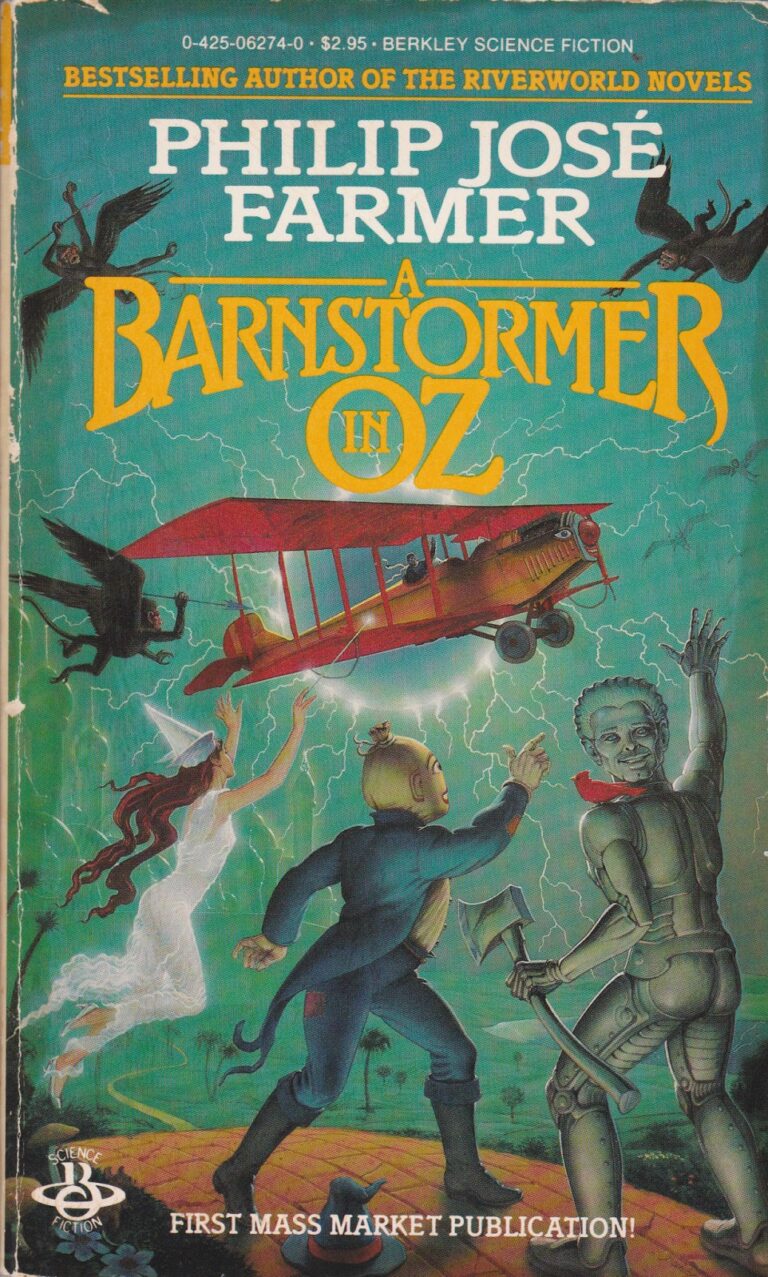
A Barnstormer in Oz by Philip Jose Farmer; an example of a derivative take on Oz from the lens of science fiction, and intended for a more mature reading audience.
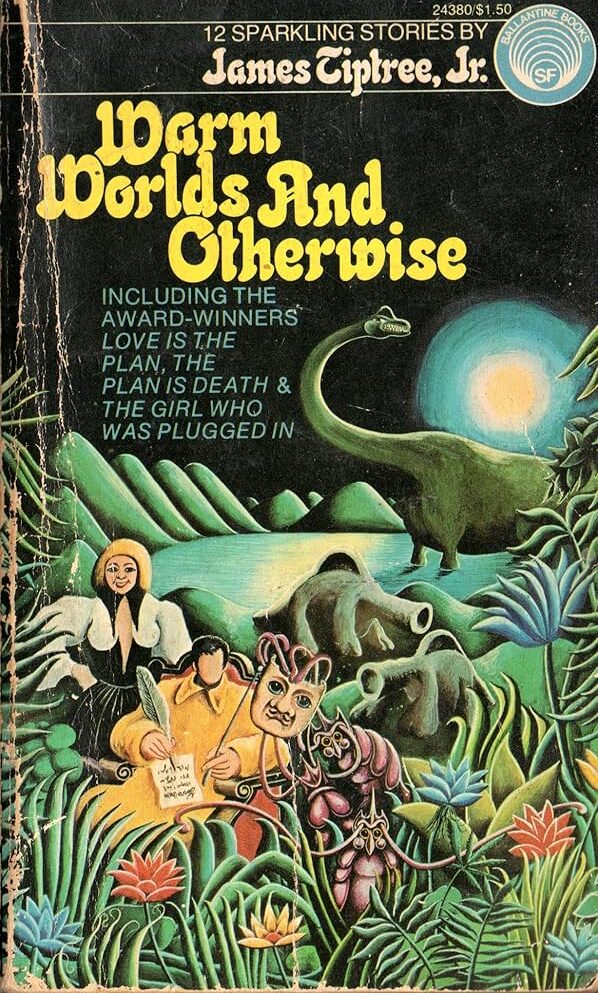
Warm Worlds and Otherwise, one of several collections of short stories published by Alice Bradley Sheldon under the pseudonym “James Tiptree Jr.”
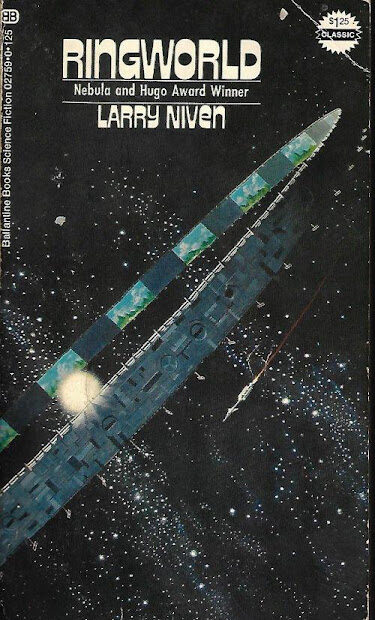
Ringworld (1970) by Larry Niven, a science fiction novel about a mysterious alien megastructure of unfathomable size


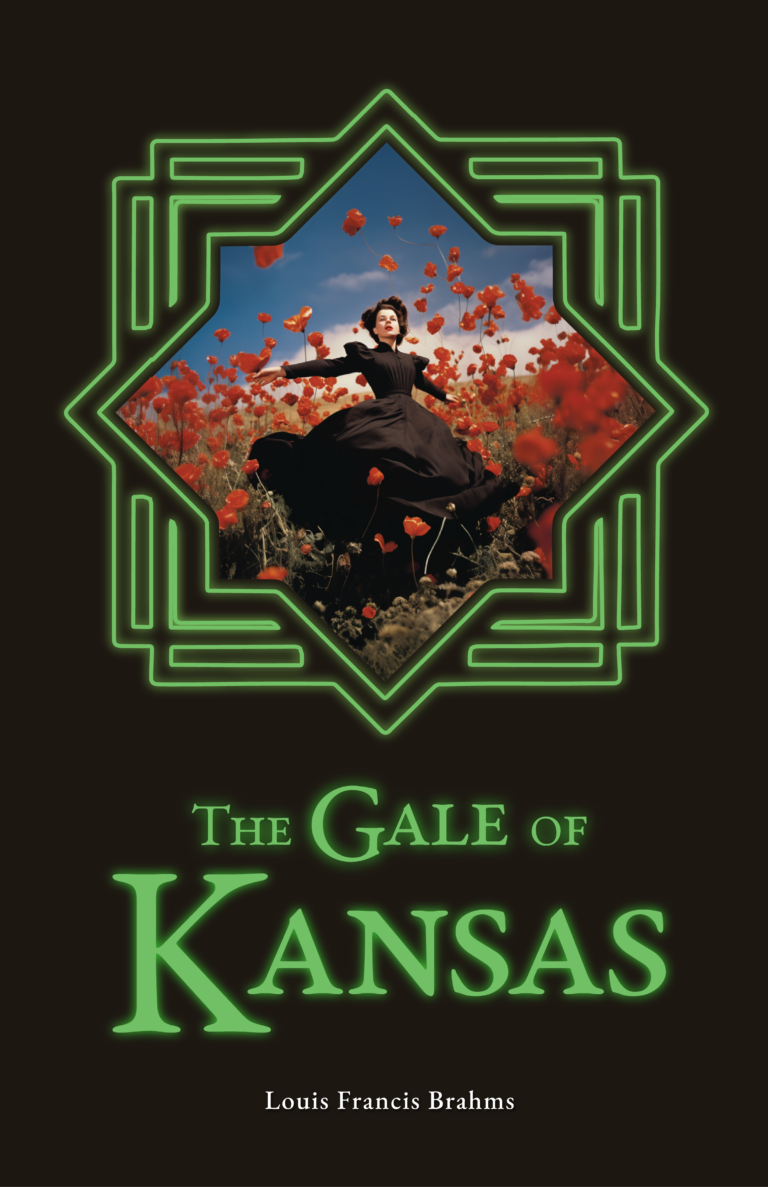
The Gale Of Kansas, part I of my derivative Oz trilogy
The Gale of Kansas
In The Gale of Kansas, Dorothy grows up to become a skilled agricultural engineer in rural Kansas; amassing fortune via the patenting of farming technology, she pivots to international travel, geneaology and archeology in order to track down the Wizard’s earthly ancestors in the hopes of uncovering clues as to how she may return to Oz.
Professor Gale manages to engineer her way back to Oz in the year 1955, after spending over half of her life piecing together a machine using esoteric blueprints and ancient machine parts unearthed during her travels.
Upon arrival back in Oz, Dorothy must come to terms with the parallel Cold War taking place there between the Nome Kingdom and Queen Ozma, the monarch of Oz, who commands an army of robots from the safety of her terrifying network of portal-mirrors: The Mirrorway.
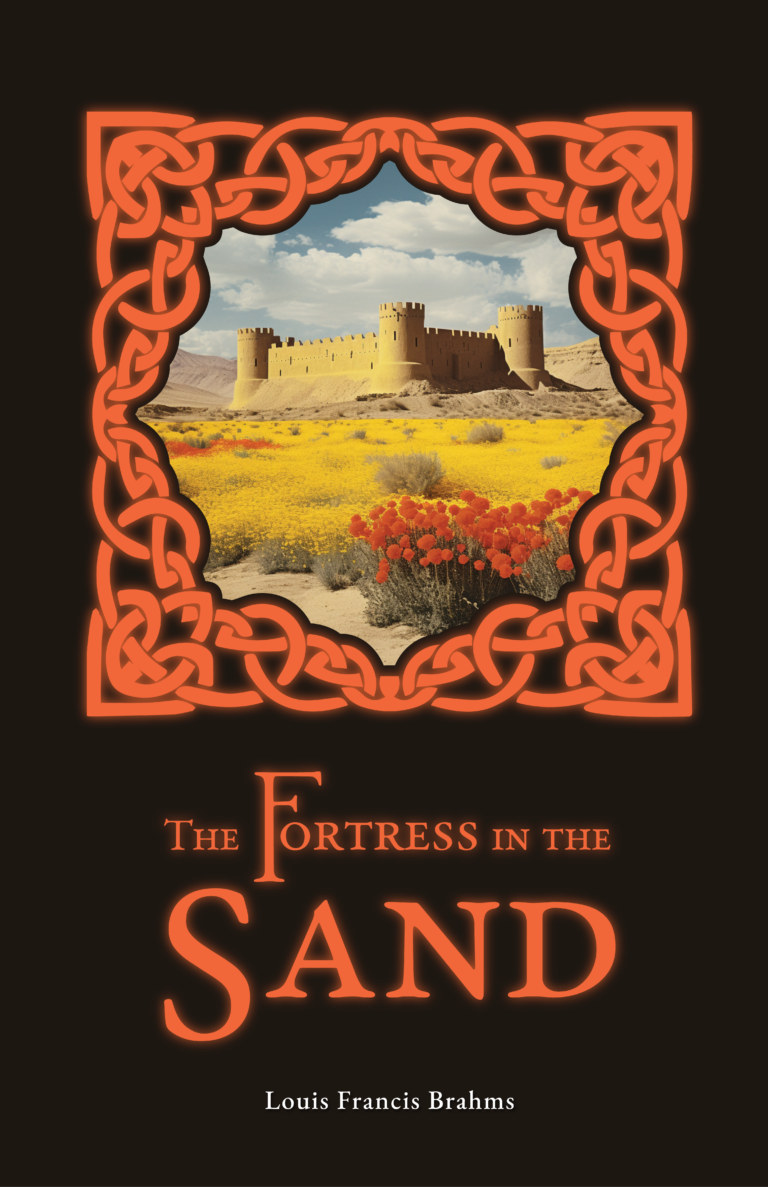
The Fortress In The Sand, part II of my derivative Oz trilogy
The Fortress In The Sand
In The Fortress In The Sand, Dorothy lures the feral winged monkeys into her fortress at the edge of the Deadly Desert; she masterfully sculpts them, through a series of dangerous trials-by-fire, into a cunning and resourceful cavalry of desert scouts and engineers.
Dorothy appears to the monkeys as a mad genius; they are unaware of her origins or historical dealings with their ancestors. They observe her conducting morbid experiments, including the genetic engineering of a new species of plantimal capable of withstanding the lethal desert sand.
To what end is Dorothy conducting these experiments, and what other secrets does the mysterious baroness keep hidden away in the depths of her yellow brick fortress in the sand?
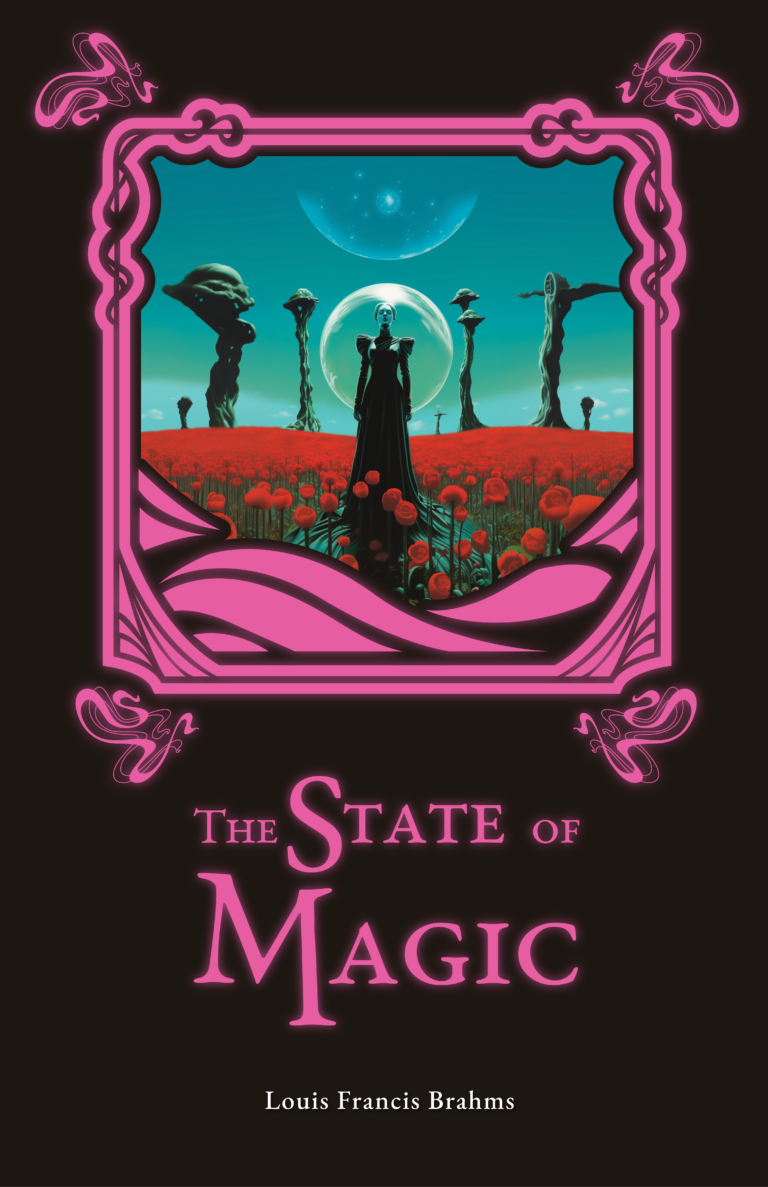
The State Of Magic, part III of my derivative Oz trilogy
The State Of Magic
In The State of Magic, Dorothy is situated in the distant future of Oz, where she is found slingshotting inter-dimensional probes back and forth between Oz and Earth.
This sets off a chain reaction of events that threatens the very existence of both worlds, and possibly even the universes in which they reside. Dorothy is visited by a series of messengers sent by terrible and unknown forces of inter-dimensional magic and science.
Dorothy pioneers a new voyage imaginaire to a mysterious third world called Oobliad, where she must ultimately seek out the answer to the problem of worlds collapsing in upon one another.


Alice Bradley Sheldon
Alice Bradley Sheldon published much of her science fiction under the pseudonym, James Tiptree Jr.
She is a standout author from my deep pool of science fiction inspirations. Ultimately, Sheldon has become my literary muse and prototype for the character of the adult Dorothy Gale, whom I have set out to portray in my creative writing.
Sheldon was a Major for the US Air Force’s photo-intelligence group during World War II, responsible for analyzing aerial photography. Before her tenure in the military, she was a working artist and graphic designer.
Sheldon’s military career puts national origin in the spotlight and possibly reveals an important personal value or inner motivation; perhaps Dorothy Gale and Alice Bradley Sheldon both share a deep sense of loyalty to their place of origin in the United States of America. Sheldon, like Baum, is from Chicago.
By the end of her career, Sheldon had worked for the U.S. Airforce, the CIA as an independent contractor with her husband, and had received her Bachelor of Arts and a Post-Doctorate in Experimental Psychology.
Her academic career paralleled her most active period of writing and publishing short form science fiction. Her true identity—and gender—remained hidden from public view until the 1980s, when a letter sent between literary peers ended up providing amateur sleuths with key details necessary to confirm her identity as the fabled and reclusive James Tiptree Jr.
Sheldon came clean and publicly revealed herself in photos taken at her home for a literary magazine. Her longtime pen pal and fellow science fiction writer, Ursula K. LeGuin, expressed her joy at the revelation about Tiptree’s identity and gender, describing it as a marvelous gift.
The science fiction community was stunned by the revelation, but Alice Bradley Sheldon was readily accepted into the literary canon by her fans and peers. She continued to achieve success in publishing up until the time of her sudden passing.
Despite great vocational success, Sheldon suffered with intensely dysregulated mood throughout her life and health difficulties from smoking, which both ultimately played a part in her untimely passing.
Not only Sheldon’s work, but Sheldon herself is an ongoing source of inspiration on my quest to author a trilogy set in the land of Oz. The Wizard Of Oz is my personal favourite story of all time. I hope to do the material justice by channeling the authors of some of the greatest and most expansive stories I have ever encountered since then.
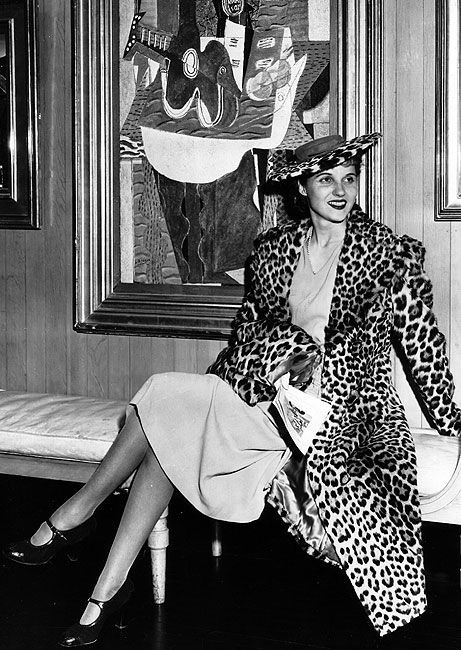
Alice Bradley Sheldon in Chicago, 1939
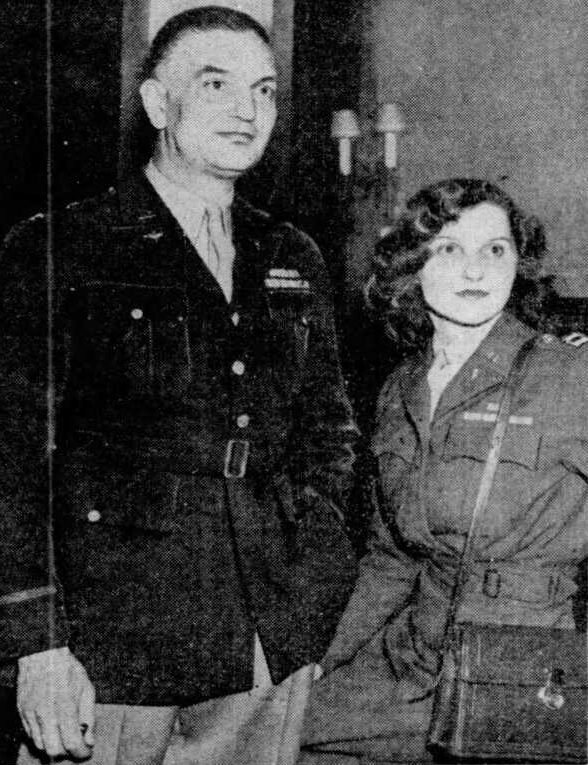
Alice B. and Huntington D. Sheldon, 1946
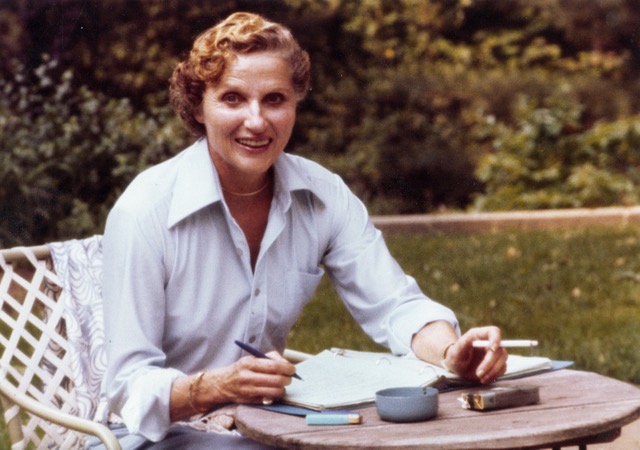
Alice Bradley Sheldon c. 1980; part of a series of photos taken for a literary magazine where Sheldon “came clean” about her covert identity as the fabled and reclusive James Tiptree Jr.

